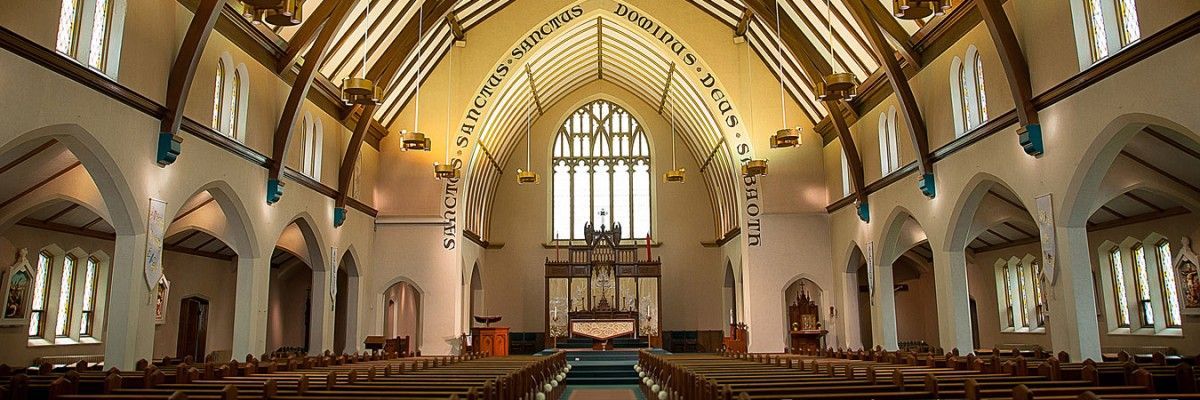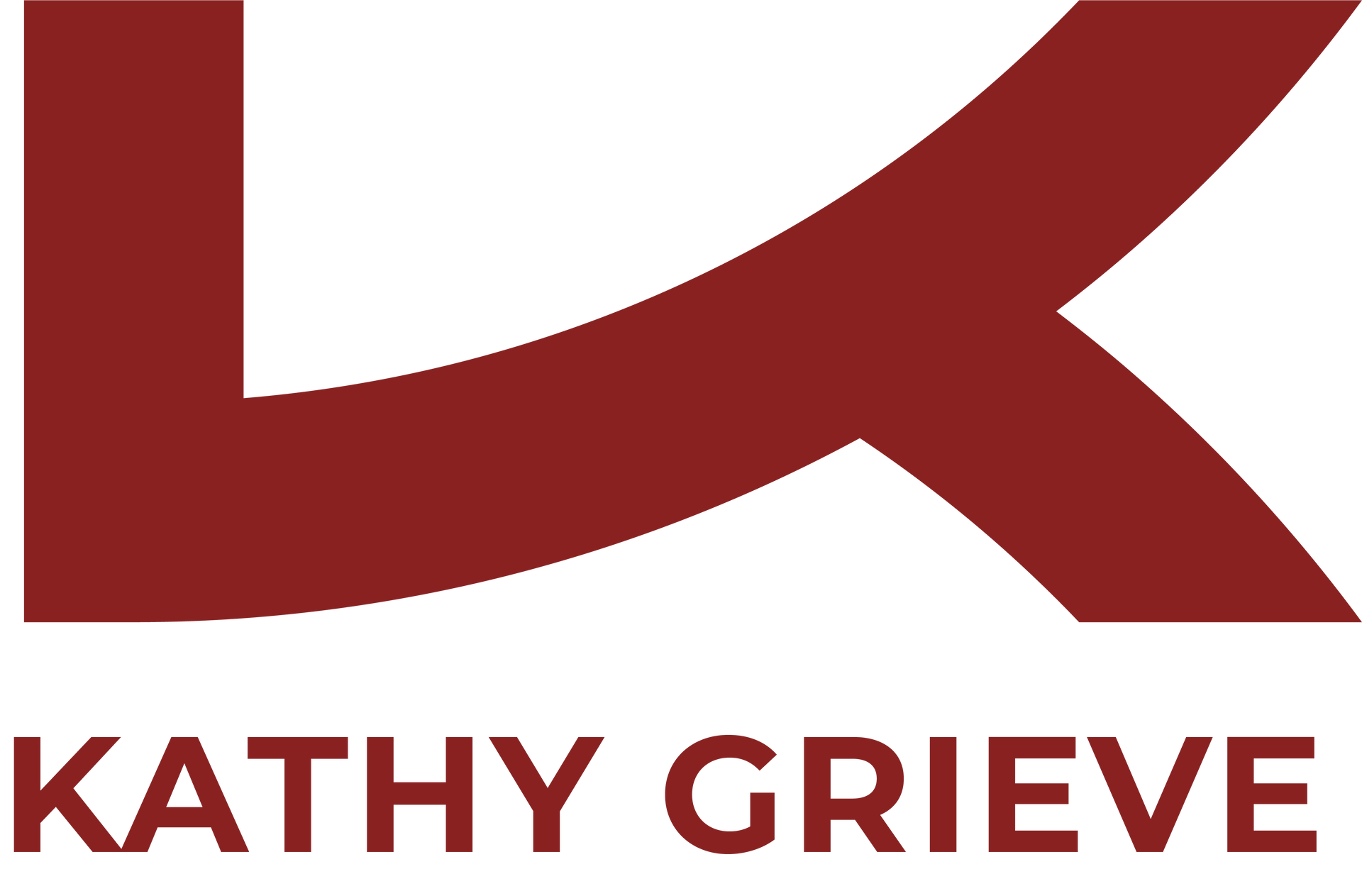I confess I am (in some ways) a Facebook “lurker” or what some might call a FB voyeur. According to one online source the “official” Facebook lurker is “one who spends time on Facebook, but avoids making his/her presence known with comments, likes, or status updates.” This same internet search site claimed that “a true lurker blatantly mocks the regular Facebook users for posting information on the ubiquitous site, but acts as if he/she is never, well… lurking there.” I certainly do not disparage any of the people I follow on Facebook so I tried to come up with a term that better describes me. How about – I am a serial spectator?
Some of the FB posts I most enjoy are those that say “share if you know what this is”. They include images of everything from a rotary phone to pinball machines to LPs. Inevitably, I can recall the displayed images with pleasing nostalgia.
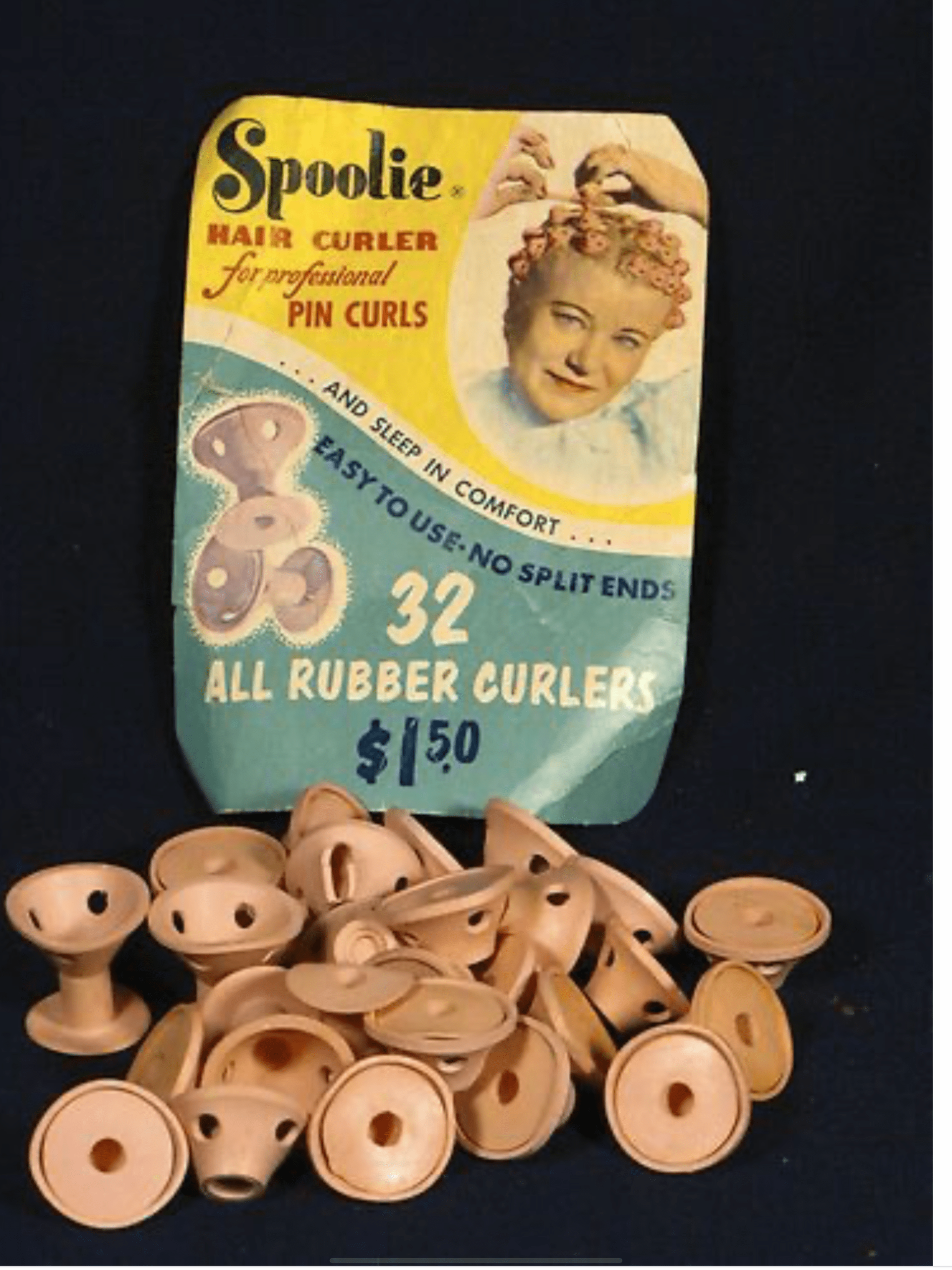
One post I came across recently reminded me of getting ready for a new school year. It was an image of school book covers made from brown paper. For sure, making those covers was a back to school ritual for me. I recall carefully cutting the stiff paper and scotch taping the corners to form a tight protective cover. My book covers were especially cost effective – made from brown paper grocery bags with the Safeway logo carefully turned inward so it was not visible.
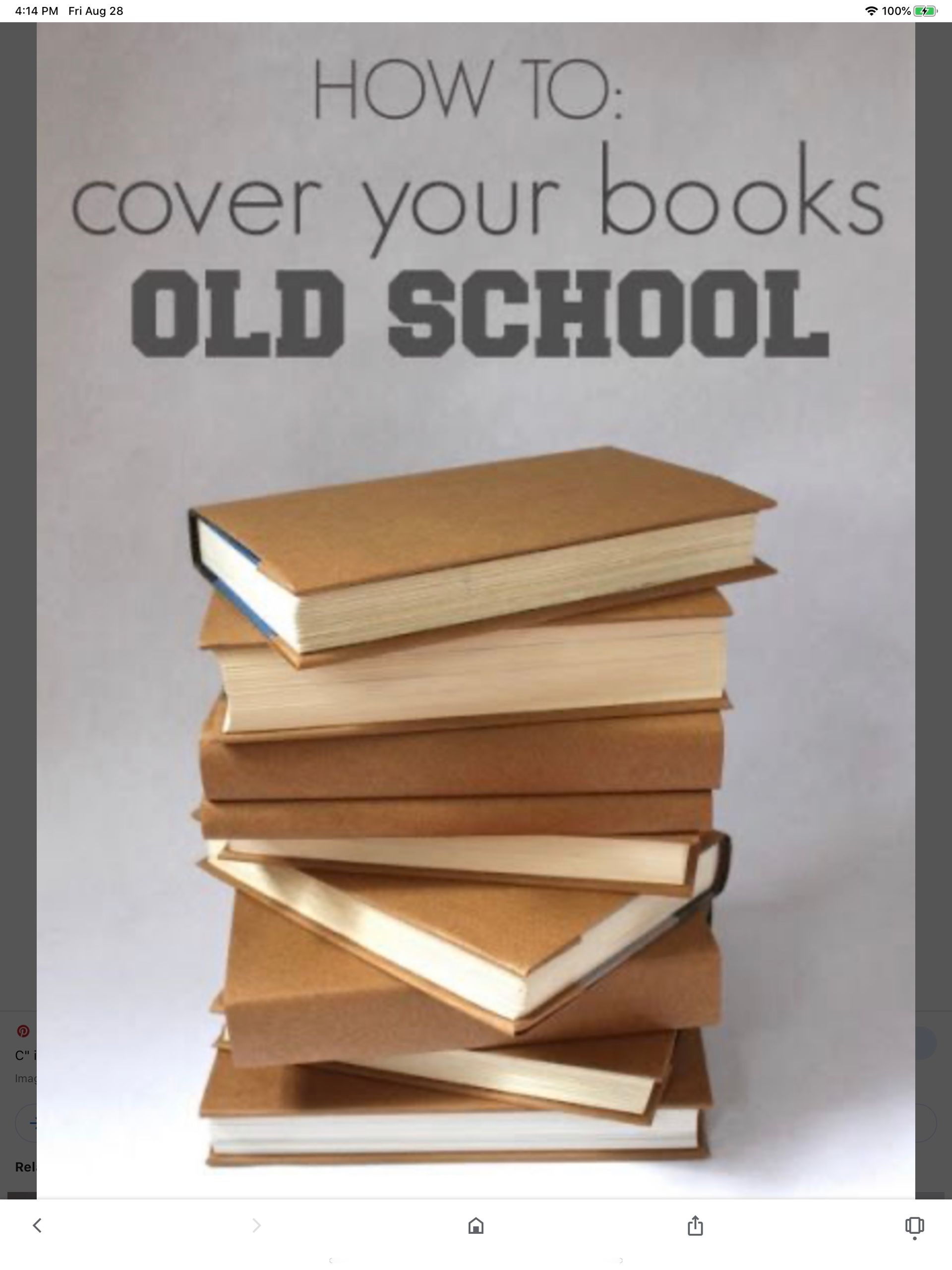
Canada’s September long weekend is officially called Labour Day weekend but is colloquially referred to as the “September long”. Traditionally that weekend marks the end of summer and the return to a new school year. Early September weather in Winnipeg, where I attended school, is temperate and the countless elm trees lining the streets begin to showcase their vibrant fall colours. It is a lovely time to start school.
Winnipeg is the picturesque capital city of Manitoba and until recently it has been a well kept Canadian secret. A headline in a July 2020 article in the Edmonton Journal read: “Hang Your Hat on the Peg – Manitoba’s Capital Generates Buzz Well Beyond Portage and Main”. The report outlines the plethora of Winnipeg’s tourist sites including it’s world class zoo, the Canadian Human Rights Museum, the exchange district and the historic Forks area which marks the confluence of the Red and Assiniboine rivers.
I travelled the long distance from home to my all girls school on a city bus. The journey took over an hour each way with one transfer. Deadly cold in the freezing winter months, the trip was warm and pleasant in early September. The view from the windows of the two buses I rode was always awash with a tinge of emerging yellow and rich orange tones. It is a colourful and sentimental memory.
A uniform was required attire at my school and believe me the nuns who taught us were vigilant about checking whether we complied with the regulations. But on the first day of school we were granted a “pardon” from the standard dress. So like my friends who attended public school, I eagerly shopped for a first day of class outfit. It is just another fond memory of a back to school tradition.
Like most kids who return to school after summer holidays a highlight for me was reconnecting with classmates I had not seen since June. Excited screams, huge hugs and broad smiles were de rigueur as we entered our new classroom. The class sizes were big, usually over 30 students. The desks were in straight lines that were barely three feet apart making it easy to pass notes. We raced each other to get seats close to our friends. Close contact was welcomed and taken for granted.
Some things never change. After this “September Long” the kids in Alberta will restart school. The russet autumn leaves will be peeking through as usual and those who will attend in class and perhaps those online will be planning their first day of school outfits.
But somethings do change. And theses days, the Covid pandemic is the change agent. Back to school routine as my grandchildren and I last knew it will be vastly different next week.
Procedures for return to school in Canada differ from province to province and even from city to city within each province. Here in Alberta parents have a choice between online and in classroom learning. For those choosing the in class route, the emphasis is on hand washing and working hard at social distancing. Kids in grade 4 and up are required to wear masks in most Alberta cities. But according to the Calgary Herald the City of Calgary has mandated a tougher mask rule. “Calgary’s public and Catholic school districts are requiring K-12 students to wear masks to school this September, expanding upon provincial guidance that mandates only Grades 4-12.” The new rules are hardly customary procedure and are anything but routine!
As a former elementary school teacher I am well aware of the social niceties of young children. Sharing ideas and special toys are an integral part of kids’ everyday interactions. The social distancing and mask wearing is a challenge for adults. Double that for our youngest people. Kids have learned that sharing is caring!
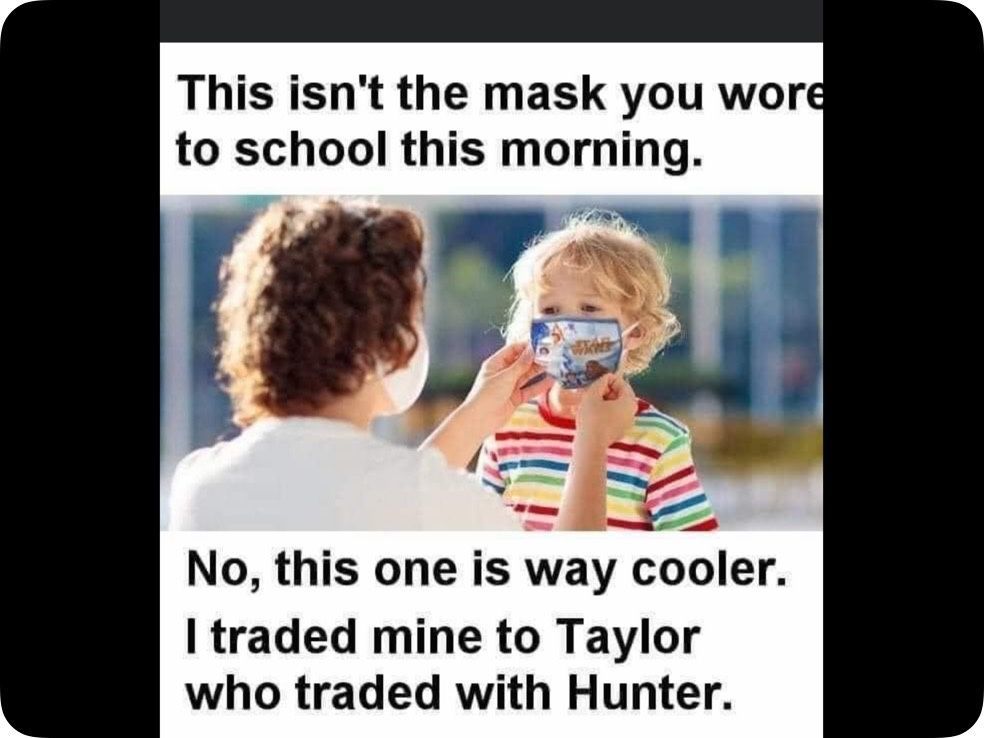
Having said that, I have faith in children’s adaptability especially when being well taught and given the opportunity for practice and repetition. Whenever my grandchildren enter a house they automatically remove their shoes. This is a learned, encouraged and rewarded behaviour. The same can said for teaching children new school routines.
The published summary of Alberta’s school reentry information addresses shared items and says school staff should “create a ‘no sharing policy’ – all students should have their own supplies.” The inability to share deeply saddens me. However, some solace might be that there will be fewer disputes over what “is mine”. For that, teachers may rejoice!

Obviously online classes represent a significant departure from conventional education. Last week I was listening to a radio broadcast that was canvassing children about how Covid had impacted their time off from school and the nature of their planned return. One eleven year old girl called in and said she and her siblings cultivated a garden and had learned a great deal about plants and vegetables. She also said that although she would prefer to attend in person classes, she lived with an elderly grandmother and felt it safer to school at home. She lamented about how remote learning will keep her from in person contact with her classmates. But I was struck by her attitude. It was not resentful but rather loving: one positive outcome from Covid’s new reality.
This province has created many other reentry practices including encouraging teachers to get tested, protocols for quarantining if someone in the school tests positive, school bus etiquette, mental health outreach and and daily self screening questionnaires to name a few. New golden rules!
Regularly attending school is important, be it in the classroom or in the kitchen. Many experts favour in-person schooling but unquestionably there are circumstances that insist on in-home schooling. Administrators, teachers, students and parents face serious challenges in dealing with Covid schooling. Like so much in life, the possible outcomes of this new school year are blurry and not guaranteed. The 2020 school year seems far more uncertain than past terms.
This pandemic has created havoc with much of what previously, we have taken for granted. The first day of school is no exception. The mask wearing in-school kids will miss the smiles on the faces of their fellow students. Both the virtual learners and those in class regrettably will be denied hugs and high fives.
Beginning a new school year is about connections. Connecting with new and old friends, connecting with teachers and connecting with new knowledge. Whether physically in school or virtually accessing teachers, the usual connections associated with the first day back come with Covid regulations that will challenge our relied upon assumptions. The rules they are a’changing!
For readers who have or know of children returning to school whether physically or virtually, I invite you to email any stories you could share once the kids have settled in. I would love to hear and perhaps, with your permission, write their stories.
sassygrieve@me.com
Sassy Blog

